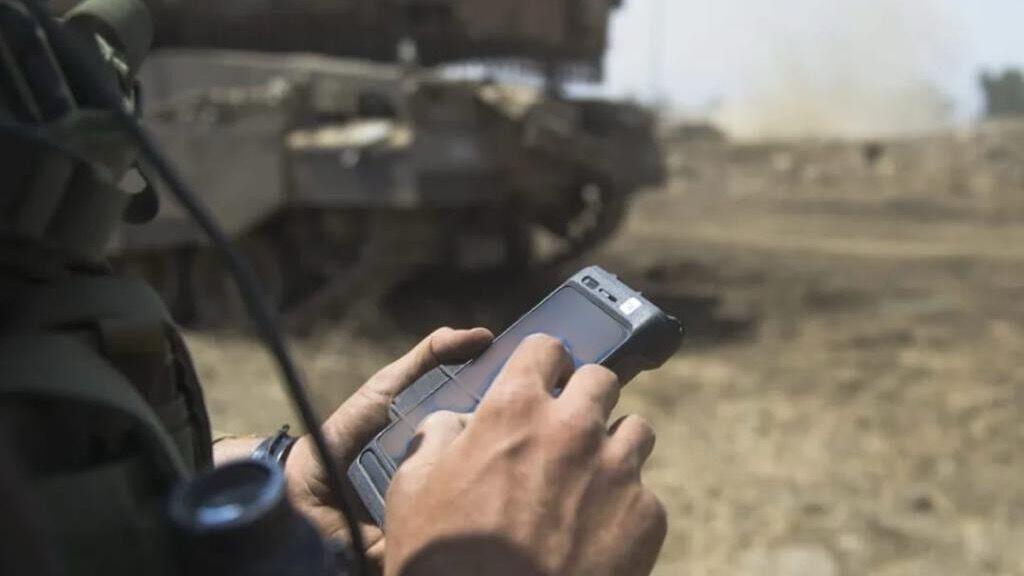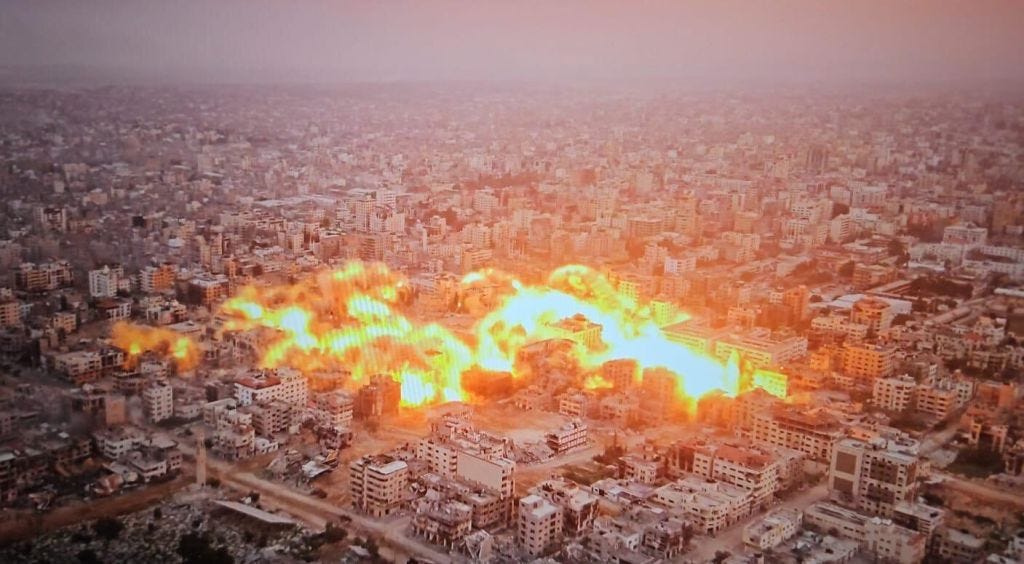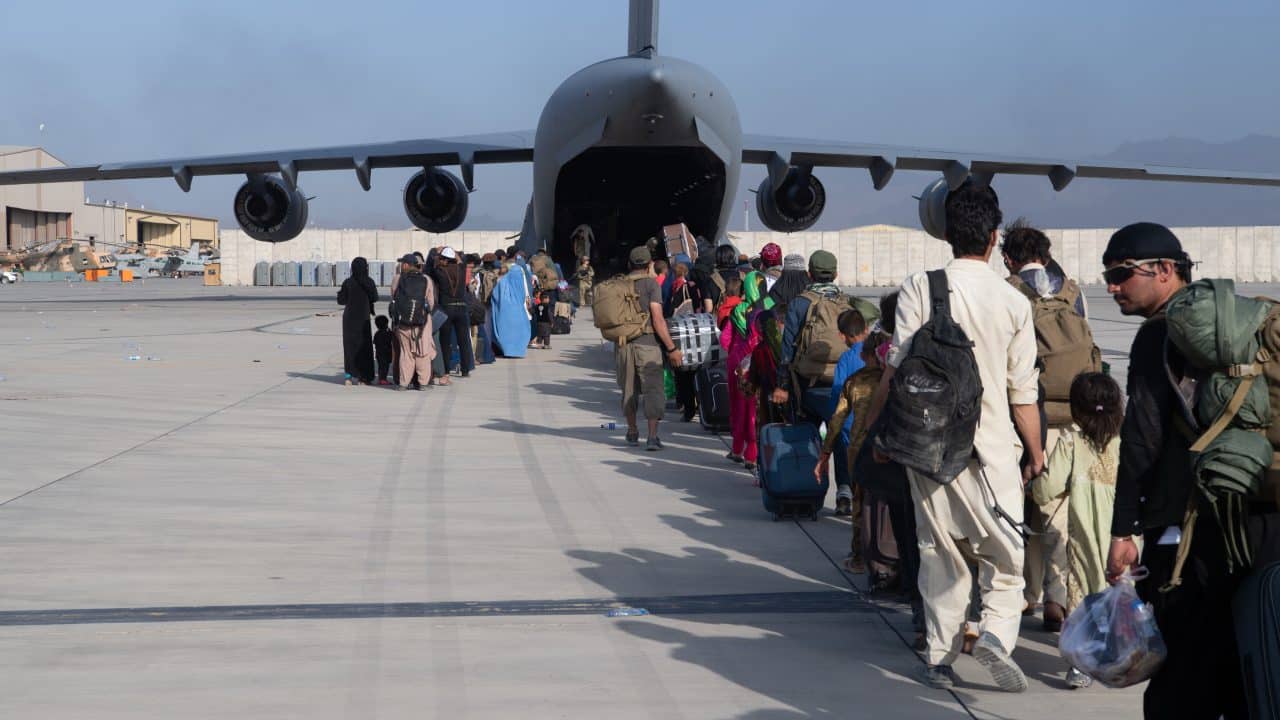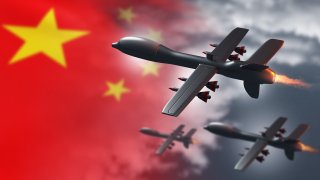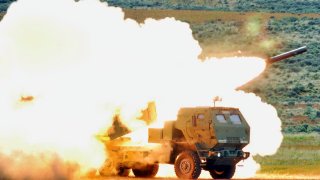ERIN BANCO, LARA SELIGMAN and ALEXANDER WARD

Biden administration officials are drawing up plans for the U.S. to respond to what they’re increasingly concerned could expand from a war in Gaza to a wider, protracted regional conflict.
Four officials familiar with the matter, including a senior administration official, described internal conversations about scenarios that could potentially draw the U.S. into another Middle East war. All were granted anonymity to speak about sensitive, ongoing national security discussions.
The military is drafting plans to hit back at Iran-backed Houthi militants who have been attacking commercial shipping in the Red Sea, according to three U.S. officials with direct knowledge of the discussions. That includes striking Houthi targets in Yemen, according to one of the officials, an option the military has previously presented.
Intelligence officials, meanwhile, are coming up with ways to anticipate and fend off possible attacks on the U.S. by Iranian-backed forces in Iraq and Syria, according to one of the officials. They are also working to determine where the Houthi militants may strike next.
The U.S. has for months behind the scenes urged Tehran to persuade the proxies to scale back their attacks. But officials say they have not seen any sign that the groups have begun to decrease their targeting and worry the violence will only surge in the coming days.
It’s an escalation that could result in President Joe Biden becoming more deeply embroiled in the Middle East just as the 2024 campaign season heats up and his campaign pushes to focus on domestic issues.
The potential for wider conflict is growing, officials said, following a series of confrontations in Iraq, Lebanon and Iran over the past several days. Those have convinced some in the administration that the war in Gaza has officially escalated far beyond the strip’s borders — a scenario the U.S. has tried to avoid for months.

